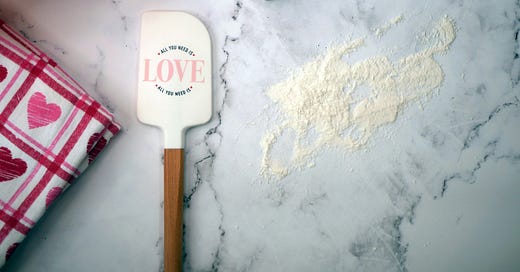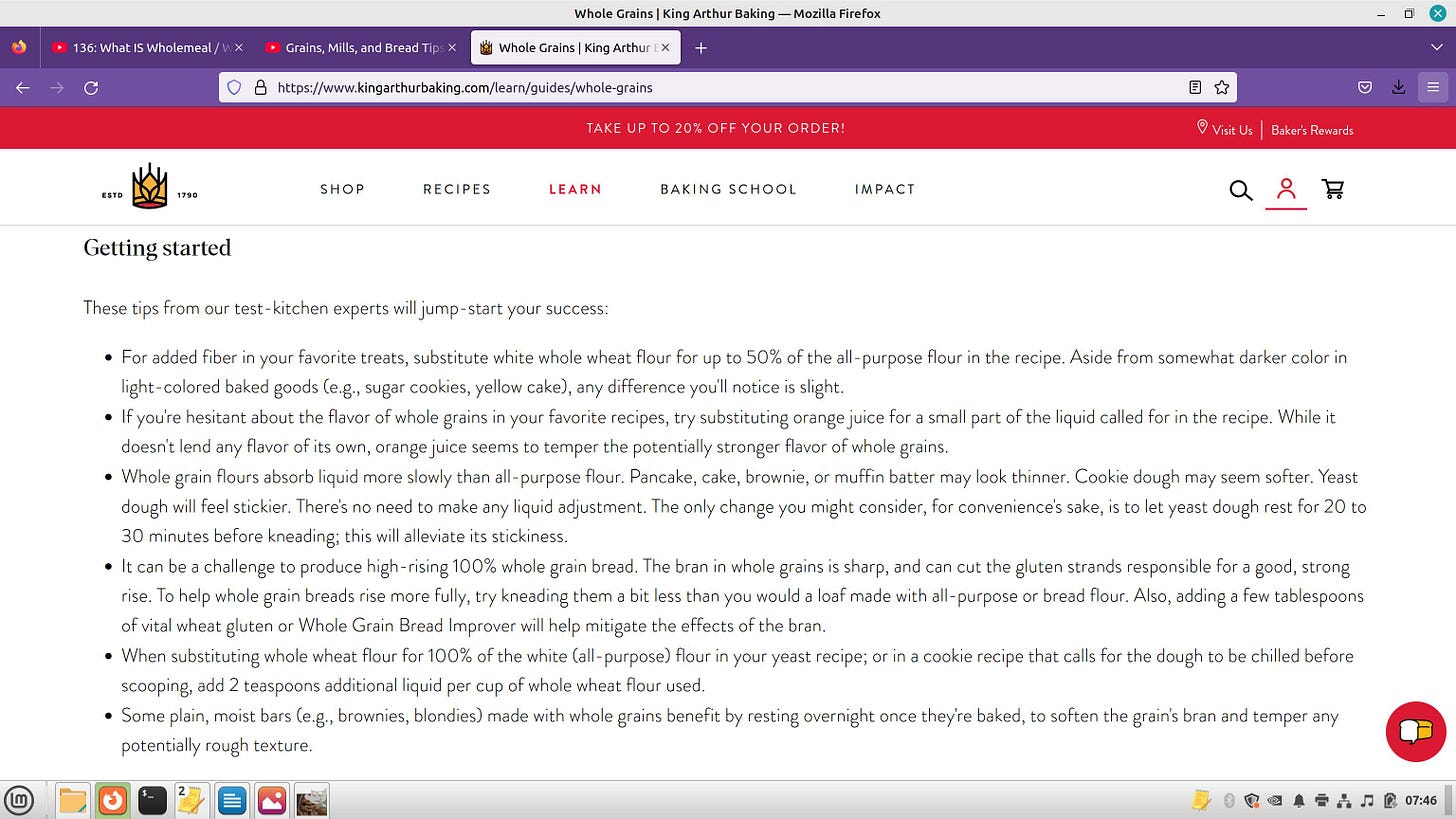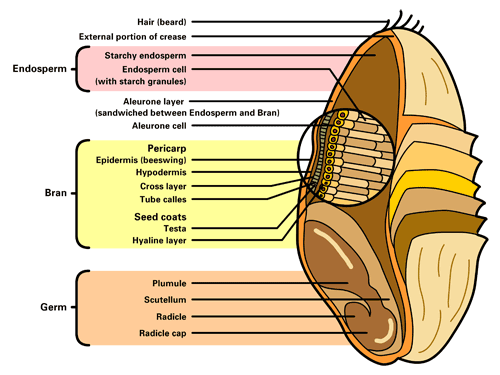Freshly milled (ground) flour is packed full of nutrition and I wanted that for my body and to feed my family. This was ten years ago that I bought one of the only home grinders available, made by Nutrimill. It is the “Classic” model and so was my attempt at baking with whole grain flour. I had no idea how different a flour could be until I met the freshly milled, whole grain goodness that filled my bowl.
Here are some tips for working with whole grain flours from King Arthur’s website (see graphic below or click on the link above.) Their page also has a lot of recipes for whole grain baking.
I misunderstood the nature of the grains and my attempts at baking a nutrient dense loaf of bread was…well, dense. My loaves came out like hockey pucks and after a few attempts my bowels couldn’t take it anymore. The grain mill got stored away and my love affair with whole grains dimmed and life resumed but my health didn’t. I didn’t have these tips, You Tube videos or lots of social media to guide me. I wasn’t the normal American…in more ways than baking.
America Has Completely Ruined Bread. Here’s How.
I went back to store bought bread, tried “gluten free” for awhile and felt worse. I tried doing without breads and got grumpy. I tried baking an Amish bread with only 5 ingredients using all purpose flour and yeast, along with water, sugar and olive oil. I was stumped and I was getting fatter, no matter what approach I took.
What is Driving the Obesity Epidemic?
Fast forward a decade. I’ve learned so much more. I started my journey again, this time with new information and persistence to get away from store bought bread and never consider “gluten free” a solution to my problem. I was in need of nutrition that was in that little seed, or wheat “berry” as they are referred to.
I wanted to understand what I did “wrong”. Why did my great grandparents thrive and I struggled so hard? It isn’t rocket science, but sometimes I wonder. I broke it down to an elementary understanding of the “nature of the beast”.
Diagram from Miller’s Grain House - http://www.millersgrainhouse.com/milling/gluten-may-not-be-your-problem/
Whole Grain Flour
Whole grains consist of three main parts:
Bran
Germ
Endosperm
All purpose flour has been sifted and has separated these three parts of the grain in the process. The results are the endosperm in a bag called “flour” that is shelf stable for about a year or maybe as many as two years. The endosperm consists of protein and mostly starch. The nutrition is in the other two parts. Whole grains contain bran and germ, as well as the endosperm, and these three components are part of the flour you’ve just ground at home.
The bran is the fiber that acts as a prebiotic for the probiotics (good bacteria and yeast in your gut) that ultimately feed you. The germ, is where the vitamin E is stored in the grain, and is extremely healthy but because it is an oil, it can go rancid shortly after it is ground, especially at room temperature. This is why you should only grind what you plan on baking with. Extra flour should be either frozen, refrigerated or used within a couple of days.
Whole grained flour is thirsty, the ability to absorb water is much greater than all purpose flour, due to the constituents of the wholegrain flour that still contains bran. Working with freshly ground flour will result in recipes (specifically using wholegrain flour) which appear “liquidy” when mixed. You may have asked yourself while looking at your dough, “how can I knead or shape such a sticky or liquid mess? The secret is time. This was what I didn’t understand on my first attempts.
How to USE Wholemeal / Wholegrain / Wholewheat Flour - Bake with Jack
What’s the Secret?
In sourdough bread baking this is referred to as autolyze. A term I now understand applies to any whole grain flour, especially freshly ground. My first baking, this time around, was making cupcakes that looked like a muffin tin of liquid instead of a dough. All it took was about 30 minutes for me to let the moisture be absorbed by the flour. I just shared the first secret to working with fresh milled flour…but wait, I have more. But I’ll save some for later. I don’t want to overwhelm you now.
In the meantime, I’m working on a YouTube series that will be in keeping with my blog. My intention is to provide links, resources and more information in my blog than I could possibly include in my videos and yet share the experience, the visuals, the successes and the “flops” in my video series. You won’t want to miss a step in this long and winding journey of sourdough baking with freshly milled flour. I guarantee, it won’t be boring!
The Sourdough Experiment with Freshly Ground Flour
I really enjoyed this video with Claire and seeing the actual ancient grains compared to the modern wheat that is grown today. I really encourage anyone beginning their wholegrain, freshly milled flour journey to watch the video below…it’s like a field trip.
Claire Saffitz Tours a Flour Mill | Out of the Kitchen
TIPS: Need some recipes for whole grains? Check out Nutrimill’s recipes.
What has your experience been? Have you tried grinding your own flour at home? Do you wonder where to get started? I hope to answer your questions, provide solutions to “issues” I encounter and I’m sure many of you do too in my blog/video series. I’ll be including these videos in a playlist on YouTube called “Baking”. I hope you’ll join me as I “experiment” in the kitchen.






